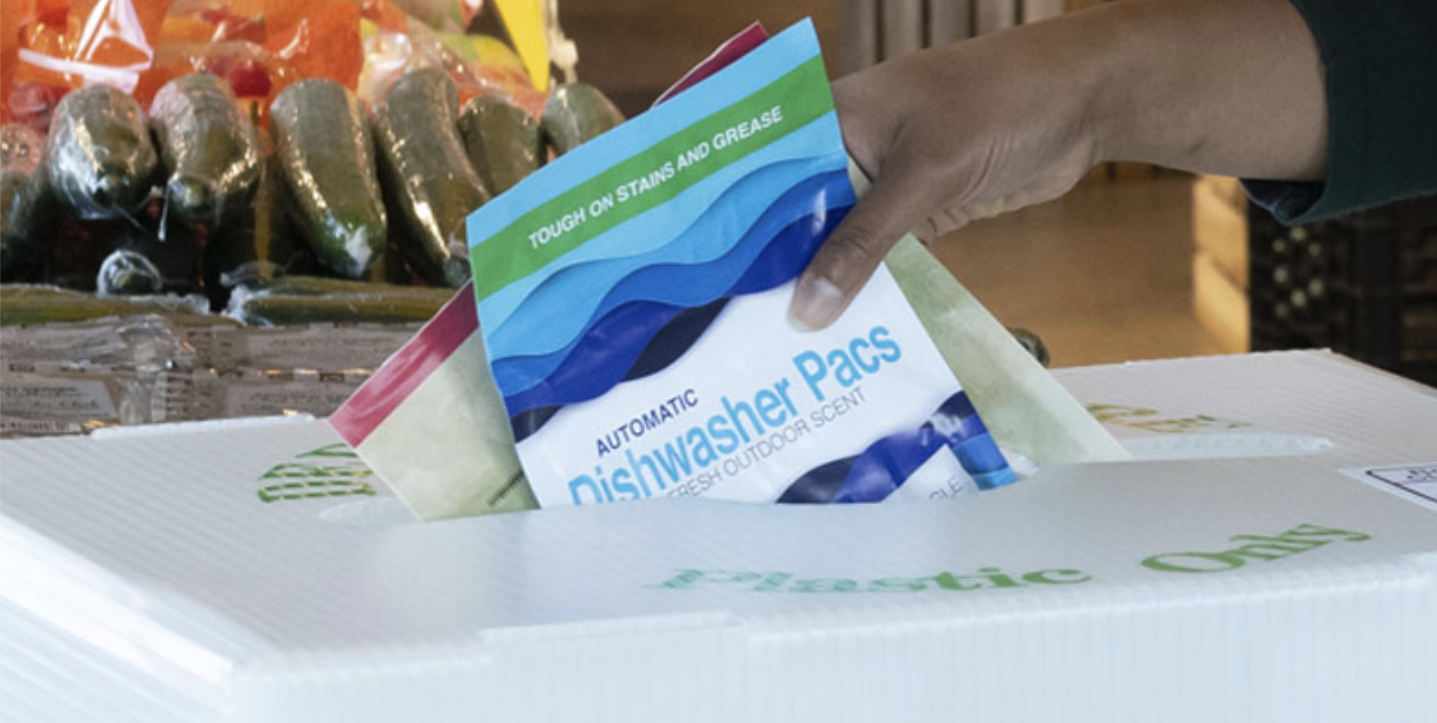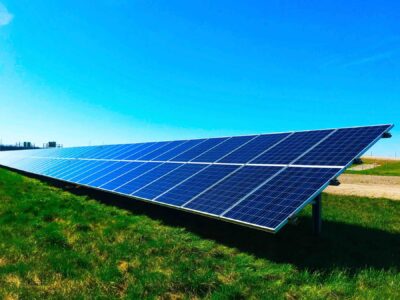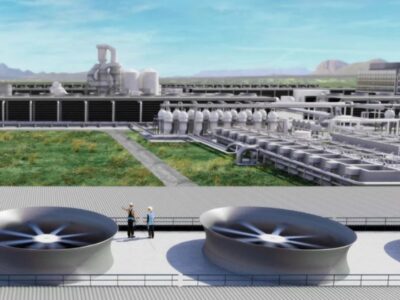Material company Dow has announced its new goal for 2030 to transform plastic waste. It plans to expand its circular economy platform by transforming waste and alternative feedstock.
Dow expects to commercialize 3 million metric tons of circular and renewable solutions annually by 2030. This will happen via the construction of industrial ecosystems to collect, reuse or recycle waste. To that end, the diversified materials firm has partnered with six players in the recycling and circular ecosystem sphere.
The goal of 3 million metric tons per year surpasses the industrial giant’s original target of 1 million metric tons, allowing Dow to meet the rapidly growing demand from global manufacturers.
“We are expanding our commitments to address plastic waste and meet customers’ increasing demands for more sustainable and circular products,” said Jim Fitterling, Dow’s chairman and chief executive officer. “Through investments in key technologies, infrastructure, and strategic collaborations, we are expanding our Stop the Waste goal to reflect the transformation of Dow’s plastic franchise and leadership to enable a circular economy.”
Among the projects and agreements to help Dow achieve its new target include a partnership with Mura Technology, announced in July. Both companies plan to build multiple facilities in the U.S. and Europe, adding up to 600 kilotons of total recycling capacity by 2030. Dow will be a key off-taker of the circular feed that Mura produces. This includes plastic waste that currently goes into landfill or incineration. This partnership will enable Dow to produce recycled plastic feedstock in new, virgin-grade plastics.
Another project includes the intent to build a new advanced recycling facility in Dallas, Texas, together with Nexus Circular. The new facility will process over 26,000 metric tons of previously non-recycled plastic, converting it into circular feedstock. Dow will then use this as raw material to make recycled plastics suitable for food contact, hygiene, health, and fitness.
Dow has also partnered with French recycling firm Valoregen to build the largest single hybrid recycling site in France. The facility will be owned and operated by Valoregen, providing the capacity to process 70 kilotons of plastic waste annually. Here too, Dow will be the primary off-taker of post-consumer resins. Dow has pledged to use at least 100,000 tonnes of recycled plastics in its products sold in the European Union by 2025.
“Our committed team has developed a concrete, agile solution that contributes to the circular economy of plastics and advances decarbonization,” said Thierry Perez, president of Valoregen. “This next-generation solution will achieve recycling for high-end technical packaging applications. We are delighted to work so closely with Dow towards circular solutions.”
Earlier this year, Dow partnered with a Brazilian company Boomera to make plastic resins from disposable materials. This will help meet the demand of global and regional brands for more sustainable packaging options, as well as allow for the reuse and recycling of post-consumer plastic.
To achieve Dow’s new target, the company has created a new business platform called Circular & Renewable Solutions.
“Today’s announcement demonstrates our strong commitment to increase our use of feedstocks from recycled and renewable sources,” said Diego Donoso, president of Dow Packaging & Specialty Plastics. “The creation of the Circular & Renewable Solutions business platform will accelerate our ability to deliver on these enhanced commitments and advance our circular plastics business model.”





